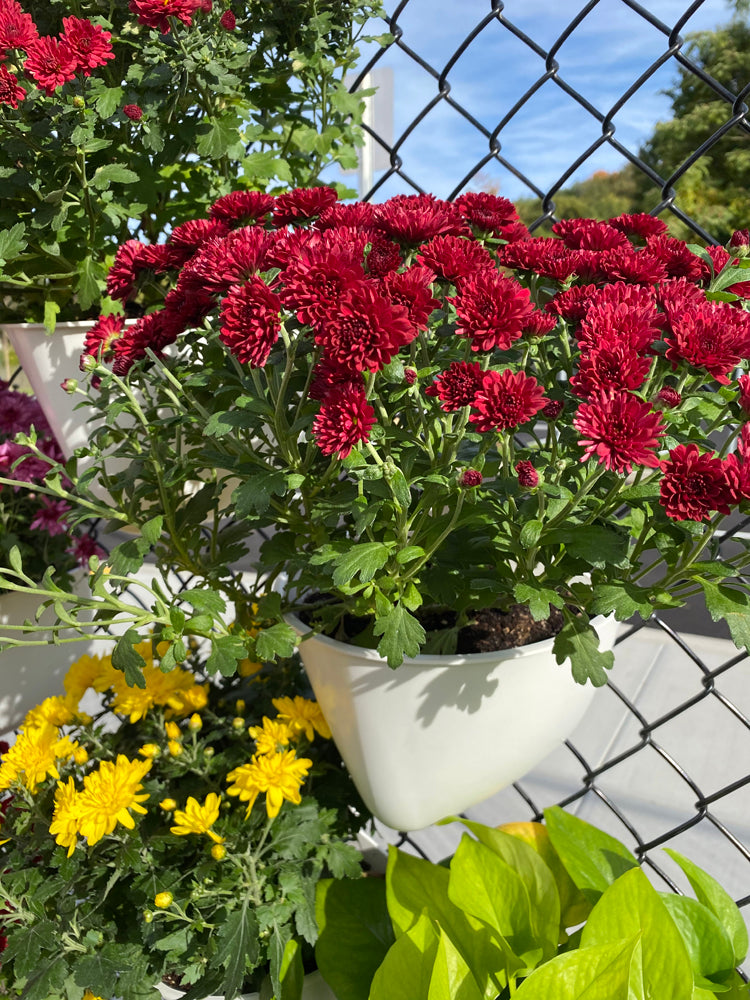
By Bryan Meador
Greening the Classroom: The Benefits of Vertical Gardens in Schools

Introduction
From enhancing learning experiences to promoting sustainability, vertical gardens bring numerous benefits to schools. Growing plants on vertical surfaces like walls or fences, these gardens can serve as dynamic teaching tools while contributing to a healthier, greener environment.

Educational Opportunities with Vertical Gardens
Vertical gardens are not just visually appealing; they also present multifaceted educational opportunities. By integrating these gardens into their curriculum, schools can provide students with hands-on experience in various subjects, promoting active learning and a stronger connection with nature.
- Interdisciplinary Learning: From studying plant growth in biology to designing vibrant plant arrangements in art and calculating growth rates or planter spacing in mathematics, vertical gardens can be woven into various subjects.
- Sustainable Education: Vertical gardens offer a real-world platform to discuss sustainability concepts. For instance, using planters made from recycled plastic can introduce students to the idea of the circular economy. Learn more about sustainable education here.
- Cultivating Responsibility: The regular care that vertical gardens demand can instill a sense of responsibility in students.

Source of Fresh Produce
Vertical gardens can serve as a source of fresh produce, allowing schools to harvest a variety of herbs, vegetables, and fruits right in their premises. This not only encourages healthy eating but also fosters an appreciation for the hard work behind our food.
- Healthy Eating: Schools can utilize the fresh produce grown in vertical gardens to encourage healthier eating habits. Discover more benefits of healthy eating at school here.
- Cost-Efficient: Vertical gardens can help schools save on food supplies for cooking classes or cafeteria meals.
- Safe Produce: Knowing where the food comes from adds assurance about its safety, especially crucial in an era of frequent food recalls.

Beautifying School Environment
Vertical gardens can turn drab school walls or chain-link fences into vibrant, inviting spaces. Apart from the aesthetic enhancement, they also contribute to improved air quality and mental well-being, promoting a healthier learning environment.
- Enhancing Aesthetics: Vertical gardens can be an effective way to beautify the school environment. The planters can be easily rearranged to keep the design fresh and engaging. Check out some design inspiration here.
- Improving Air Quality: Plants absorb carbon dioxide and release oxygen, improving air quality. This can be particularly beneficial in urban schools dealing with city pollution. Learn more about the benefits of plants for air quality here.
- Mental Well-being: Studies have shown that the presence of plants can have a calming effect on people, and a green wall can provide a peaceful corner for students and staff alike. Read more about the benefits of green spaces here.
Implementing vertical gardens in schools offers a multitude of benefits, transforming the learning environment both visually and educationally. Our sustainable, recycled plastic planters can be the perfect start to this green journey. Ready to add a touch of nature to your school and inspire your students with the wonders of vertical gardening? Explore our range of planters today!
